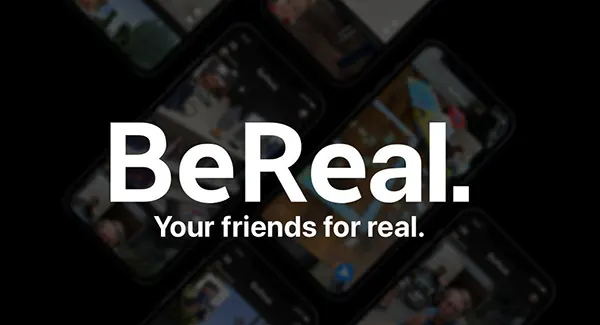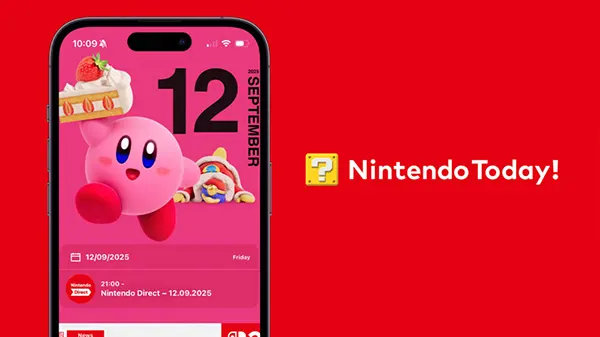
Best Ad-Free Alternative Apps for Android and iOS in 2025
In an age when mobile apps are essential for productivity, entertainment and daily tasks, ads have become one of the most frustrating interruptions. Many users in 2025 are actively seeking alternative apps for Android and iOS that offer the same — or even better — functionality without intrusive advertising. This article covers the top reliable ad-free apps worth trying this year.
Why Users Are Switching to Ad-Free Apps
Advertisements in mobile apps often slow down performance, consume data, and disrupt the user experience. With privacy becoming an ever-growing concern, many ads also track user behaviour, raising significant questions about data protection and trust. This has led to a noticeable shift in consumer preference towards clean, ad-free solutions.
In addition to speed and privacy, ad-free apps often come with smoother user interfaces and fewer bugs. Many developers behind such apps focus on offering freemium or one-time payment models, which appeal to users tired of recurring costs or intrusive monetisation tactics.
The demand has pushed many independent developers and even larger software companies to create or adapt existing tools to offer premium, ad-free versions. This trend is especially visible in categories such as messaging, browsers, notes, task management and media players.
Popular Free Ad-Free Apps That Excel in 2025
One of the most praised browsers this year is Brave. It blocks ads and trackers by default, ensuring both speed and privacy, and it works flawlessly on both Android and iOS. For note-taking, Joplin has gained popularity as a fully open-source and ad-free alternative to Evernote.
Simple Mobile Tools, a suite of apps for tasks like calendar, gallery, and contacts, offers fully ad-free experiences without sacrificing features. They’re particularly popular among users seeking open-source software without tracking.
For communication, Telegram remains a top choice. Despite offering optional sponsored messages in large public channels, personal chats and app usage remain ad-free. Its security focus and cross-platform support further boost its appeal in 2025.
Ad-Free Alternatives in Specific App Categories
In the productivity space, TickTick’s premium version — while paid — remains ad-free and is praised for its clean interface and powerful features. For users preferring open-source tools, Tasks.org (Android only) is a brilliant to-do manager that respects privacy and is ad-free by default.
For video streaming, while many platforms operate on ad-based models, NewPipe (Android only) offers an open-source, ad-free YouTube experience, although it’s not available on the Play Store. On iOS, NetNewsWire remains one of the best free RSS readers with zero ads and a solid user interface.
In the photo editing domain, Snapseed by Google, surprisingly, still offers a robust editing suite without in-app advertisements. It’s lightweight, powerful and ideal for users who prefer clean tools without paywalls or promotions interrupting the workflow.
Fitness and Lifestyle Apps Without Ads
Ad-free apps have made a significant mark in health and wellness. FitNotes is a free, ad-free workout tracking app on Android that’s ideal for those looking to keep records of gym routines. iOS users enjoy Streaks, which, while paid, is completely ad-free and offers habit tracking with Apple Health integration.
For meditation and sleep, Insight Timer is one of the few apps that offer hundreds of free meditations without ads. Premium content is optional and not pushed aggressively, which sets it apart from more commercialised alternatives.
Yazio, a food tracker and calorie counter, continues to expand its ad-free version in 2025. While the free version offers basic tracking with no ads, users can unlock premium features with a one-time or subscription fee, all without ad interruptions.

How to Safely Access and Install Ad-Free Apps
When searching for ad-free apps, especially on Android, users must ensure they’re downloading from reputable sources. Apps available outside of official app stores, such as F-Droid, should be verified to avoid malware. On iOS, side-loading is restricted, so users should rely on trusted developers and Apple’s App Store ratings.
Subscription-based ad-free models are becoming more common. It’s crucial to evaluate whether the features offered justify the cost. Many open-source options continue to be fully free, offering a balance between quality and privacy without any cost to the user.
In 2025, more developers are being transparent about monetisation. Always check the app’s privacy policy and update logs. Avoid apps that claim to be ad-free but prompt for excessive permissions or display pop-ups disguised as system messages.
Final Thoughts on Choosing the Best Tools
Choosing ad-free alternatives in 2025 no longer means compromising on quality. In fact, many of these apps outperform their ad-supported counterparts in terms of performance, design and user satisfaction. The key is to identify tools that meet your specific needs while respecting your time and privacy.
Focus on open-source communities, premium models with honest pricing, and apps that are updated regularly. Most ad-free apps also come with active support communities, giving users direct access to developers and improvements based on real feedback.
By prioritising ad-free experiences, users take control of their digital habits, reduce distractions, and enhance productivity. In 2025, the range of available options makes it easier than ever to build an ad-free mobile environment tailored to personal preferences.




